SK-N-SH Cells
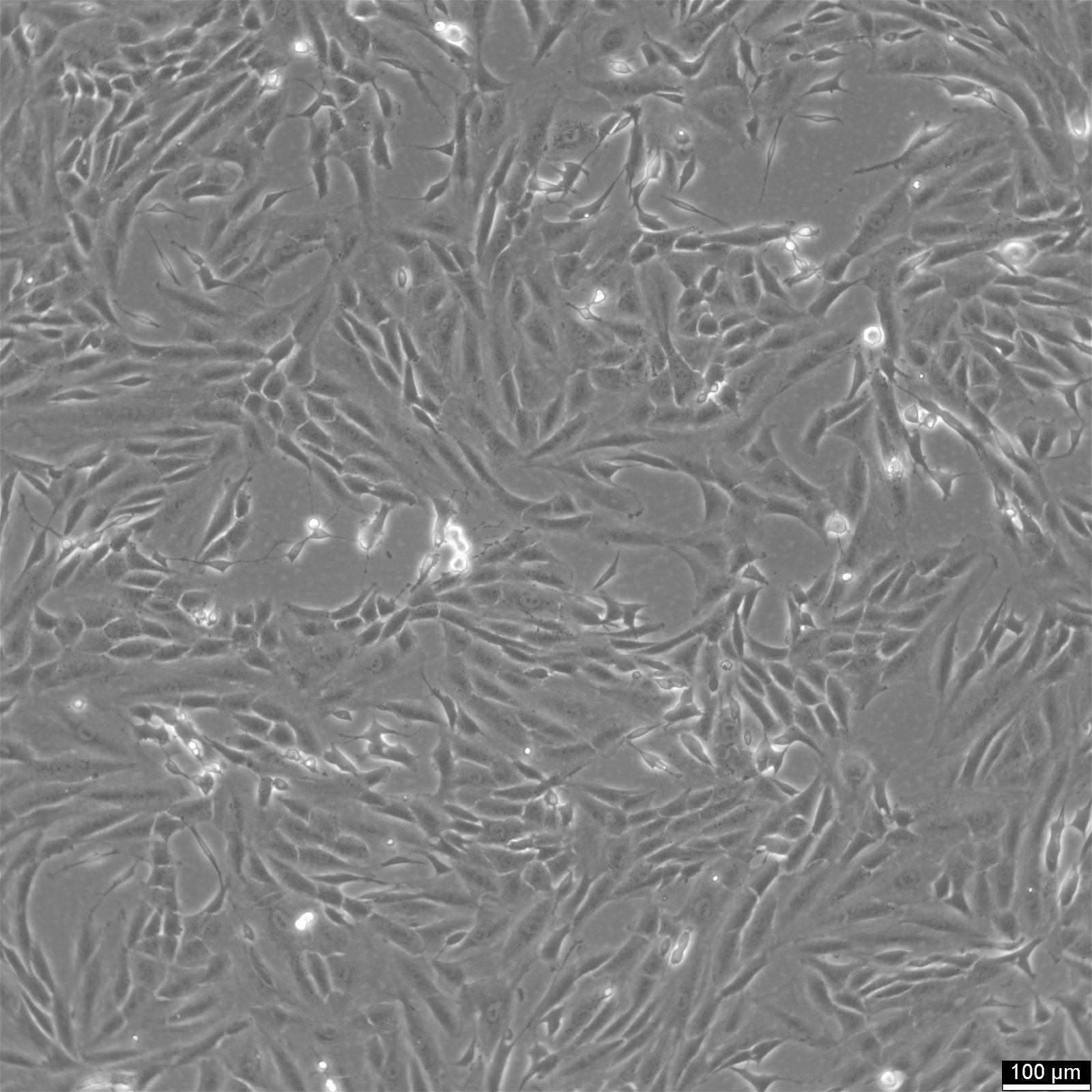
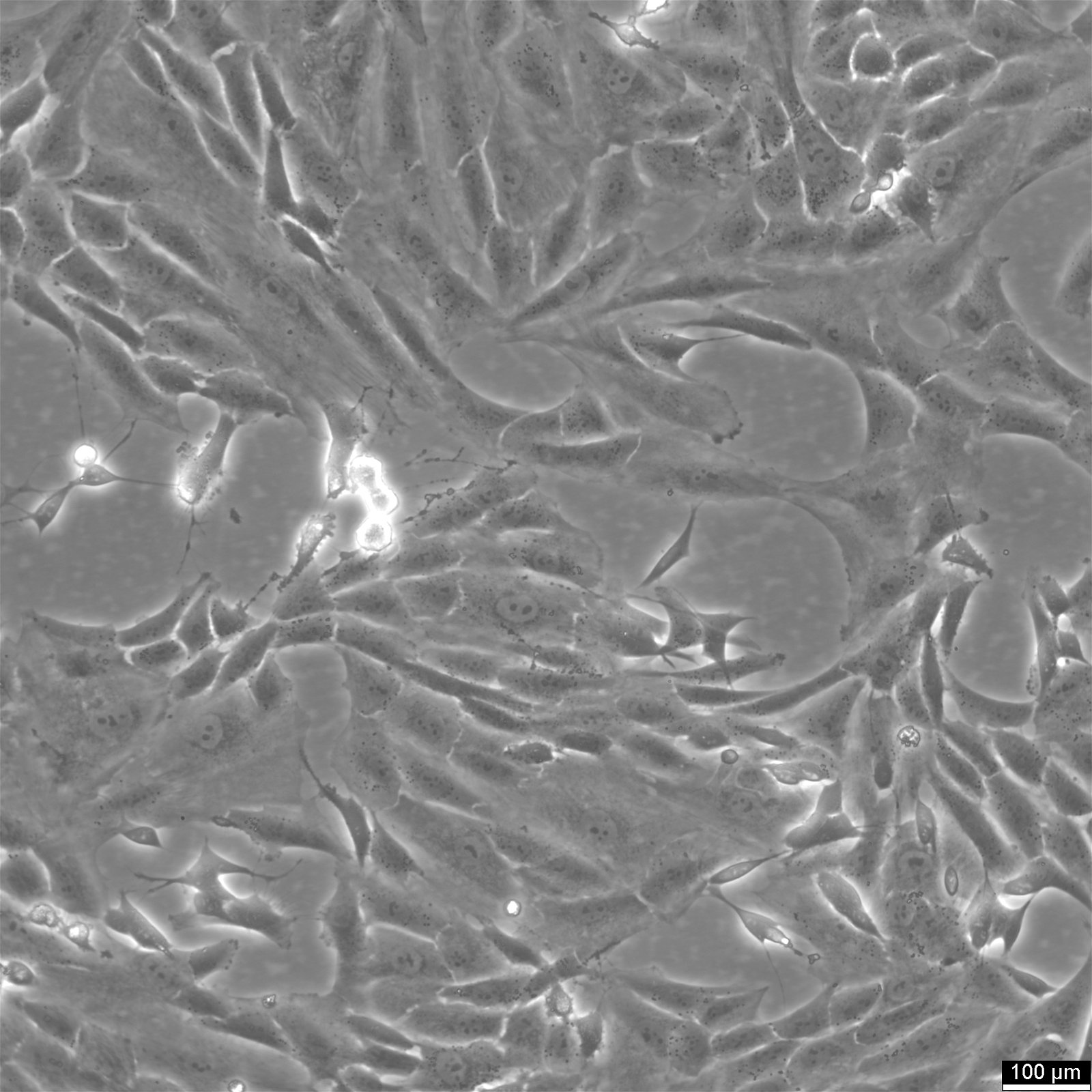
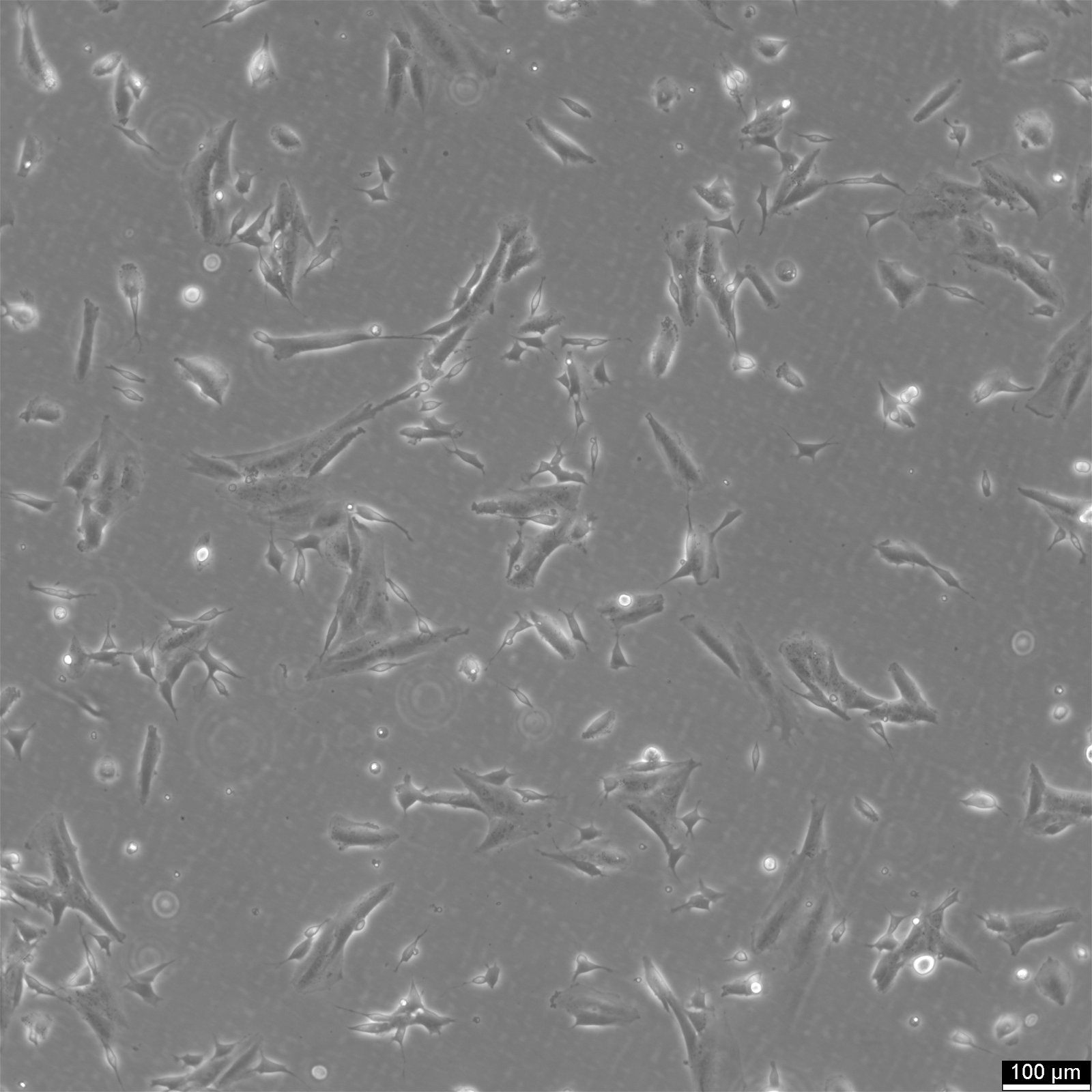
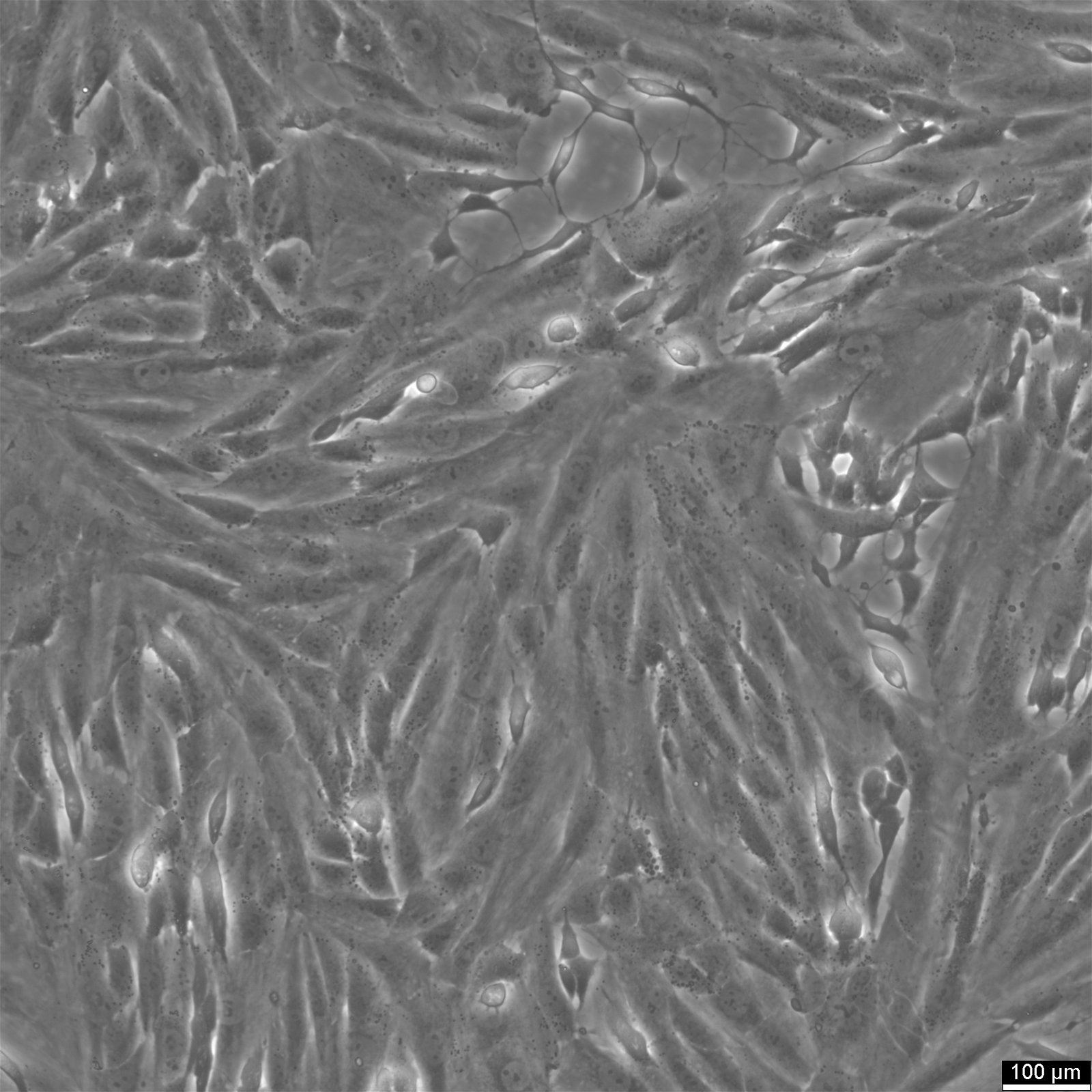
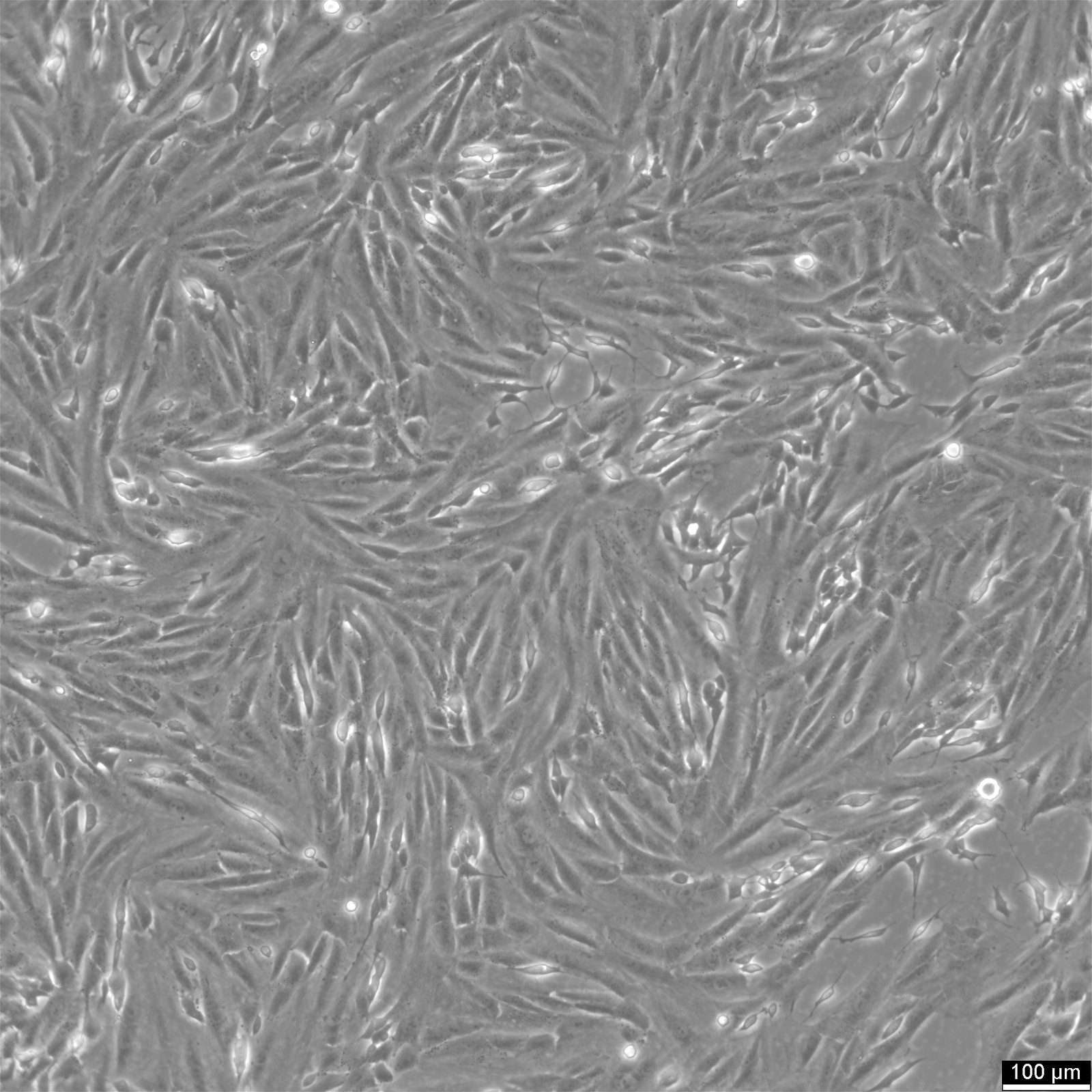















General information
| Organism | Human |
|---|---|
| Tissue | Brain |
| Disease | Neuroblastoma |
| Metastatic site | Bone marrow |
| Synonyms | SK N SH, SKN-SH, SK-NSH, SKNSH, NSH |
Characteristics
| Age | 4 years |
|---|---|
| Gender | Female |
| Ethnicity | European |
| Morphology | Epithelial |
| Growth properties | Adherent |
Identifiers / Biosafety / Citation
| Citation | SK-N-SH (Cytion catalog number 305028) |
|---|---|
| Biosafety level | 1 |
Expression / Mutation
| Protein expression | Plasminogen Activator, Shows Increased Expression Of M-Csf After Treatment With Amyloid-Beta Peptide. |
|---|---|
| Antigen expression | Blood Type A, Rh? |
Handling
| Culture Medium | EMEM, w: 2 mM L-Glutamine, w: 1.5 g/L NaHCO3, w: EBSS, w: 1 mM Sodium pyruvate, w: NEAA (Cytion article number 820100c) |
|---|---|
| Medium supplements | Supplement the medium with 10% FBS |
| Passaging solution | Accutase |
| Subculturing | Remove the old medium from the adherent cells and wash them with PBS that lacks calcium and magnesium. For T25 flasks, use 3-5 ml of PBS, and for T75 flasks, use 5-10 ml. Then, cover the cells completely with Accutase, using 1-2 ml for T25 flasks and 2.5 ml for T75 flasks. Let the cells incubate at room temperature for 8-10 minutes to detach them. After incubation, gently mix the cells with 10 ml of medium to resuspend them, then centrifuge at 300xg for 3 minutes. Discard the supernatant, resuspend the cells in fresh medium, and transfer them into new flasks that already contain fresh medium. |
| Split ratio | 1:2 to 1:4 |
| Fluid renewal | 2 to 3 times per week |
| Freeze medium | CM-1 (Cytion catalog number 800100) or CM-ACF (Cytion catalog number 806100) |
| Handling of cryopreserved cultures |
|
Quality control / Genetic profile / HLA
| Sterility | Mycoplasma contamination is excluded using both PCR-based assays and luminescence-based mycoplasma detection methods. To ensure there is no bacterial, fungal, or yeast contamination, cell cultures are subjected to daily visual inspections. |
|---|---|
| STR profile |
Amelogenin: x,x
CSF1PO: 11
D13S317: 11
D16S539: 8,13
D5S818: 12
D7S820: 7,10
TH01: 7,10
TPOX: 8,11
vWA: 14,18
D3S1358: 15,16
D21S11: 31,31.2
D18S51: 13,16
Penta E: 7,11
Penta D: 10,12
D8S1179: 15
FGA: 23.2,24
D6S1043: 12,18
D2S1338: 17,19
D12S391: 18,22
D19S433: 13,14
|
